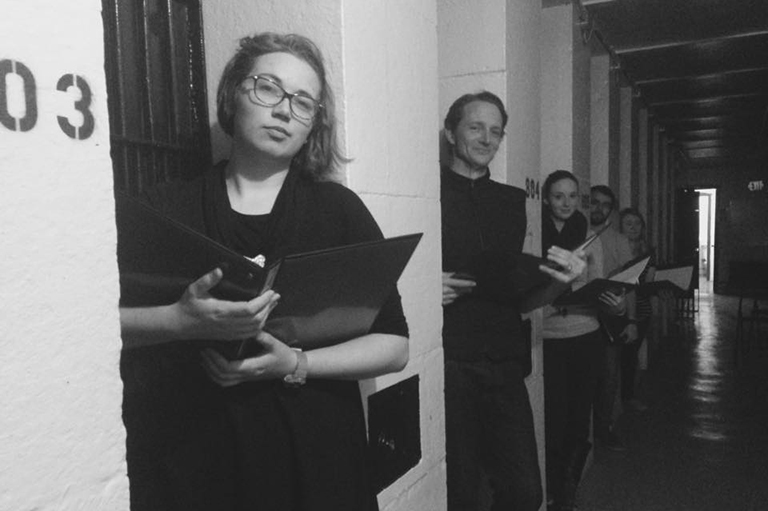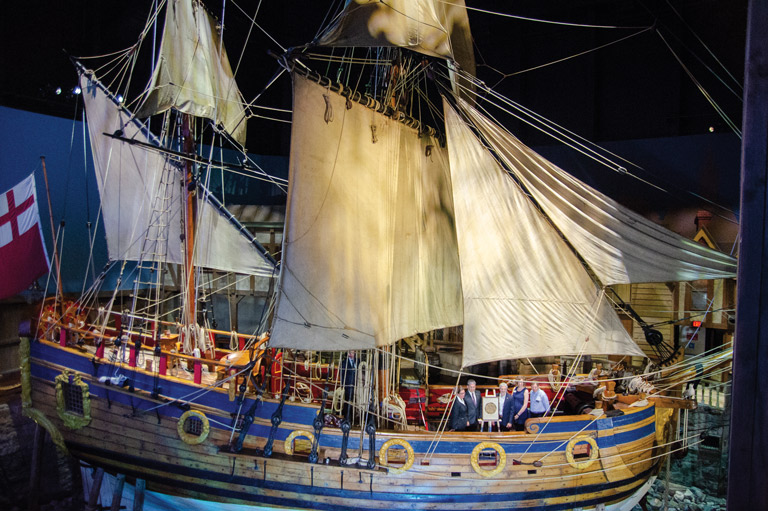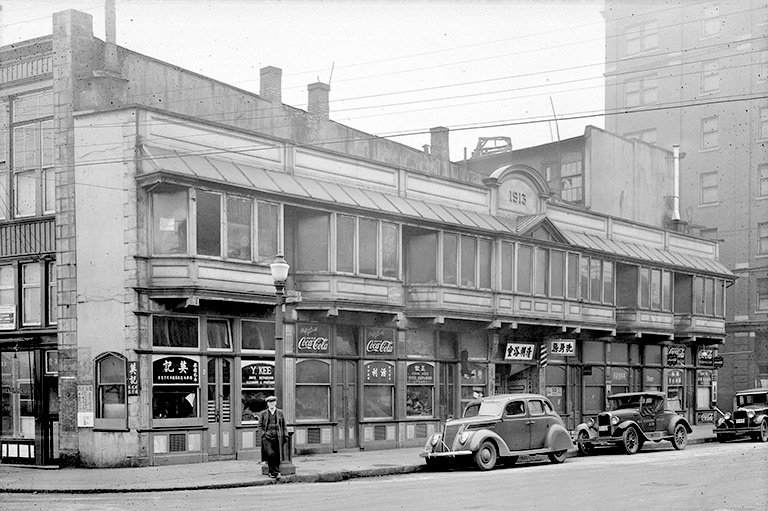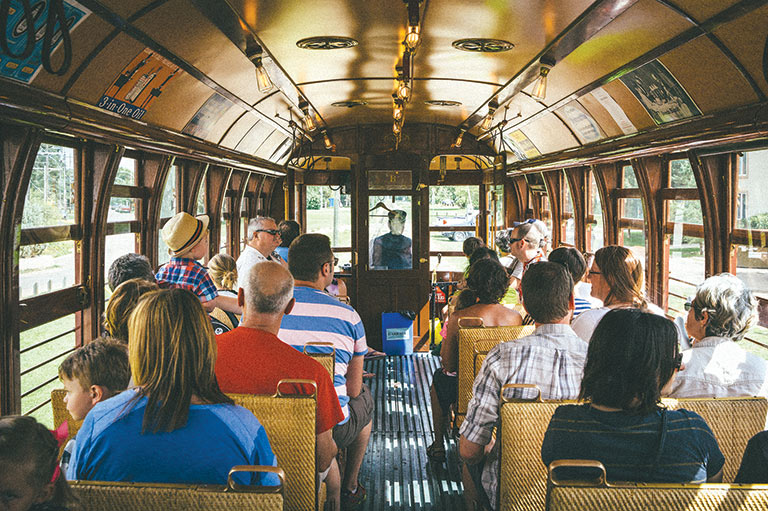Discover a wealth of interesting, entertaining and informative stories in each issue, delivered to you six times per year.
Lang Pioneer Village Weaves Textile History
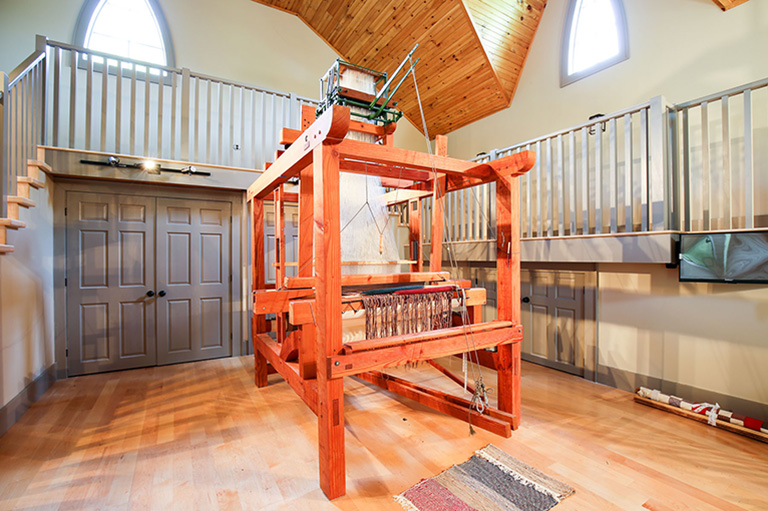
The beautiful woven hangings in the S.W. Lowry Weaver Shop at Lang Pioneer Village near Peterborough, Ont., demonstrate the capabilities of the village’s newly restored Jacquard loom. One of just eight of its kind operating in North America, the loom is fast becoming a star attraction at Lang, but the recent opening of the shop and interpretive centre was a long time coming.
“This has been a 12-year-long project,” said museum manager Joe Corrigan, tracing the origins of the loom’s recreation to master weaver Dini Moes, a Lang supporter who spied the Jacquard loom’s heads—the important working parts that control the design—at an auction in 1973 and donated them to the museum.
They had originally been owned by Samuel Lowry, a weaver who made horse blankets and carpets in the area in the late 1880s. Lowry gave them to his landlord to cover back rent, and they languished until Moes snapped them up for $10.
The looms — not working at that point — went on display at the museum until 2003 when a feasibility study looked into the possibility of restoring them.
In 2004, master weaver Didier Schvartz began the painstaking process of restoring the mechanisms and crafting a new frame, using 150-year-old B.C. fir. The result is a combination of the original pattern-setting heads through which hundreds of cords run, and recreated elements such as the frame.
With stairs on either side connected by a walkway gallery, there’s no better place in the world to see a Jacquard loom in operation. Dozens of viewers, including Lowry’s great grandnieces, admired the newly restored loom and its climate-controlled interpretive centre at the official opening in August.
Joseph Marie Jacquard first showed off his invention in 1801 at an industrial exhibition in Paris. It soon revolutionized weaving, increasing productivity so much that it’s been likened to the leap in speed achieved from a car to a supersonic jet.

Fascinating as the Jacquard loom is as a manufacturing marvel of its time — industrial weaving soon made it obsolete — it is also important as a precursor to modern computing.
“The heads and the frame is the hardware,” said Corrigan, “and the cards and harness (the cords that run through the cards to guide the plucking of threads) is the software.”
The cords run through cards with holes punched in them, just like the old computer cards. The result is binary code, also just like in computing.
Change the “code” and you change the pattern being woven. Indeed, the relationship between the Jacquard loom and your laptop is far from a fanciful one; IBM studied the loom when it was creating its first computers.
The original cards were water damaged, so new ones were produced. Lang staff hope one day to be able to create patterns unique to the museum. The Jacquard loom joins two other working looms on display in the weaving shop.
Visitors to the site are already hearing how this revolutionary technology not only created tremendously complex fabric patterns, but also led to the computers that continue to transform our lives today.
This video from The Teaching Palette shows how a Jacquard loom’s patterning system relates to the punch cards used to program early computers.
Themes associated with this article
You might also like...

Canada’s History Archive, featuring The Beaver, is now available for your browsing and searching pleasure!

Wouldn’t your magazines like to slip into something more comfortable?
Preserve your collection of back issues with this magazine slipcase beautifully wrapped in burgundy vellum with gold foil stamp on the front and spine. Holds twelve issues.



